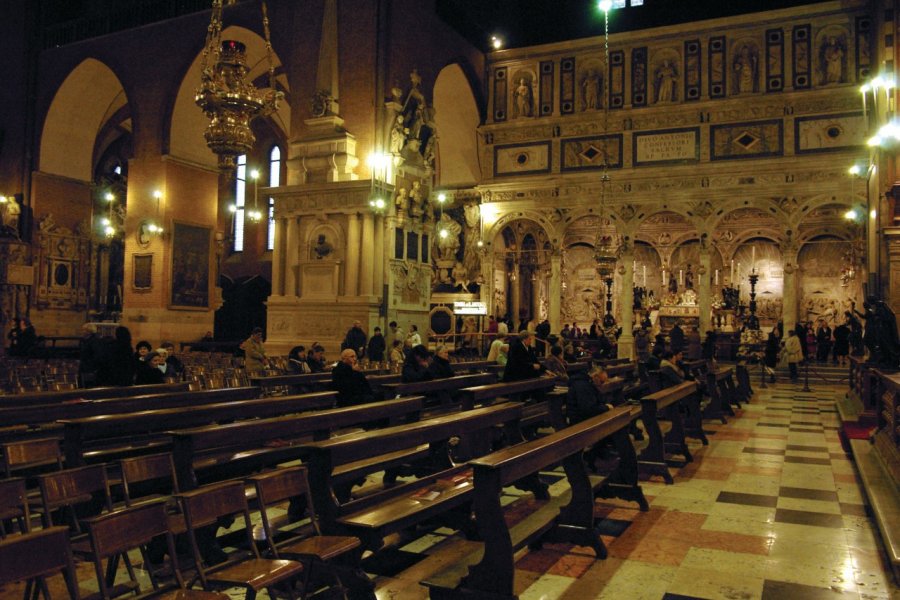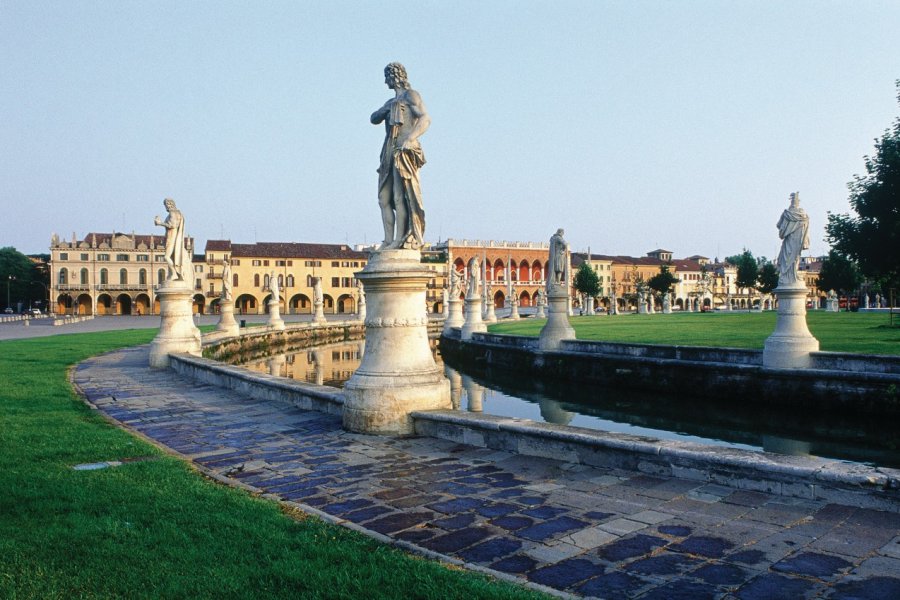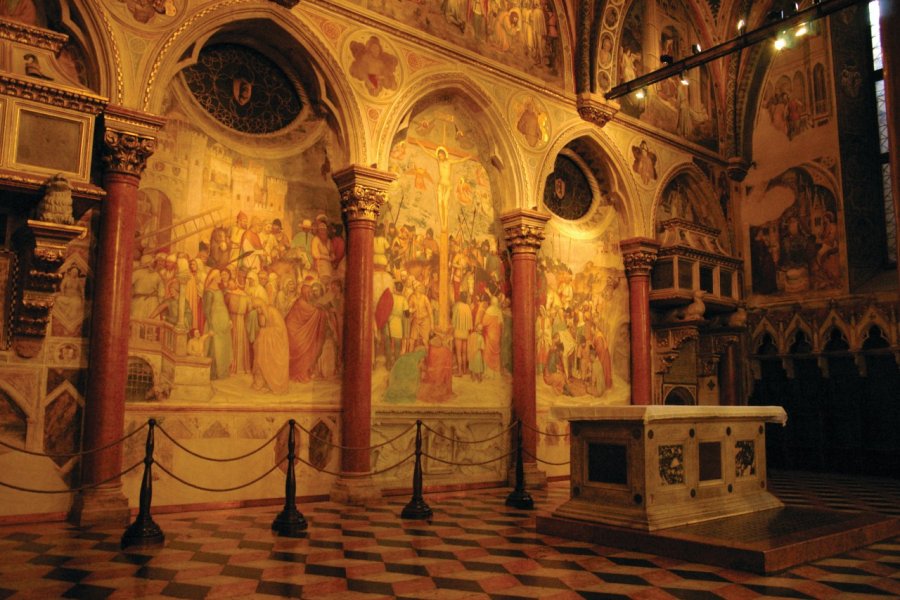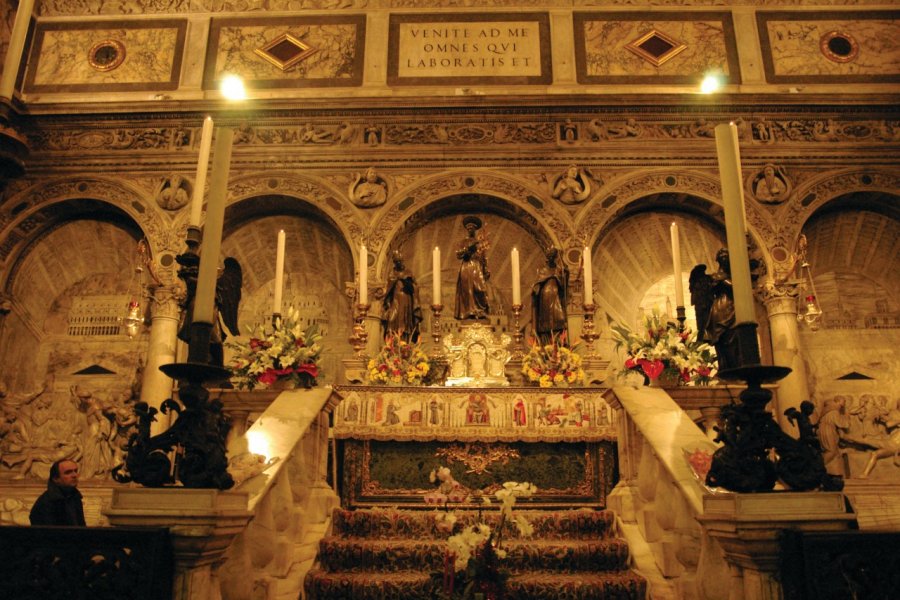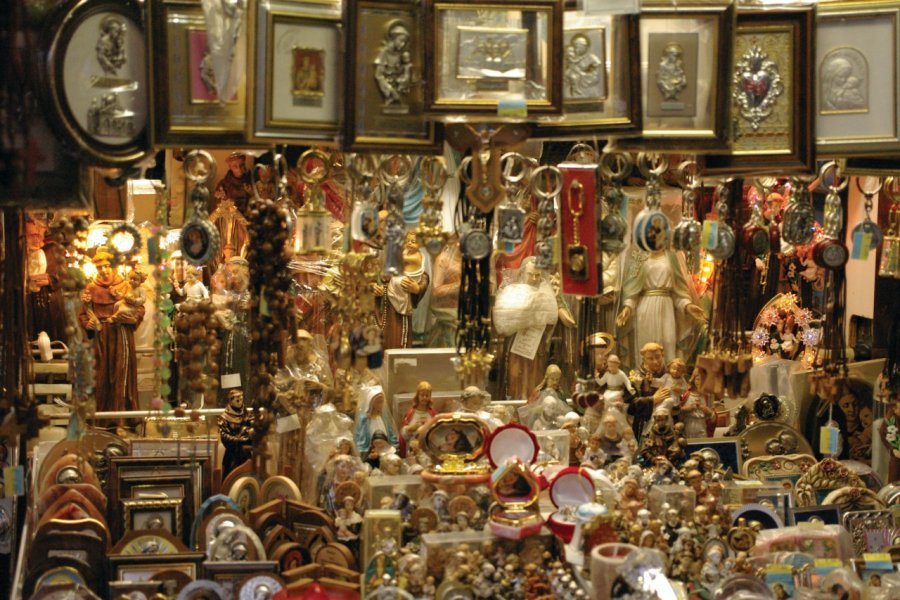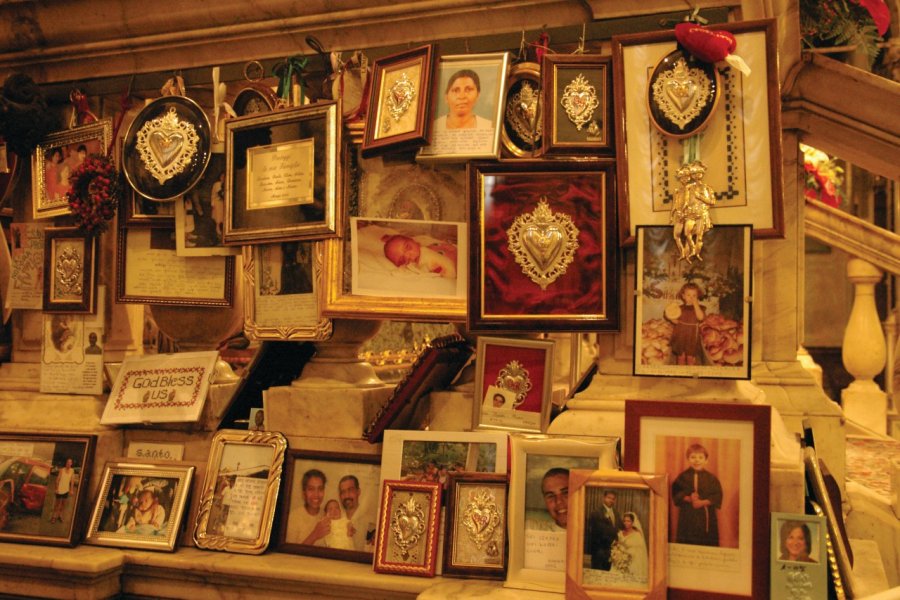Travel Guide Padua
Find an accommodation
Advertising
Known as the city of Saint Anthony, Padua is located in the center of the Venetian plain, and has ancient origins dating back over 3,000 years. According to the legend recounted by Virgil in The Aeneid, the town was founded in 1184 BC by the Trojan hero Anténor; according to archaeologists, its origins lie in a paleo-Venetian village dating back to the 8th and 7th centuries BC. Titus Livius refers to it as a river city existing in 302 B.C. A trading center allied to the Romans against the Cisalpine Gauls (226 B.C.) and a municipe in 49 B.C., Patavium, as the Romans called it, became a rich and productive agricultural center under Augustus, particularly specialized in the cloth trade.All that remains of this prosperous era are the remains of the Roman amphitheatre and the collections of the Municipal Museum. In 1405, Padua became a Venetian estate on the mainland. Donatello and Mantegna contributed to the urban renewal that transformed Padua in the 16th century. Padua enjoyed a great period of prosperity, growing rich in the silk and wool trades. It became one of the major cultural and artistic centers of Italy and Europe. At the height of its political and territorial power, the city extended its supremacy over most of the cities in central Veneto. From this period date the medieval city walls and the great religious and civil buildings such as the Piazza dei Signori or Piazza delle Erbe, rigorously balanced and home to the Palazzo della Ragione, the University (one of the first in Europe, built in 1222) known as Bo, and the Basilica of St. Anthony, known as the Santo (1232).Between 1318 and 1405, under the rule of the Carrara and Visconti families, Padua enjoyed a remarkable cultural and artistic boom, thanks to the presence within its walls of prestigious masters and disciples such as Giotto, Guariento, Atichiero, Giusto de'Menabuoi, and great poets like Petrarch and Dante. However, in 1405, Padua came under the sway of Venice. Under Venetian rule, Padua's topography changed and, with the construction of new walls, the city took on the shape we know today. During this period, Padua's artistic supremacy on the mainland remained intact, thanks to the outstanding activity of a number of leading figures, such as the Tuscan sculptor Donatello and the Paduan painter Andrea Mantegna.For the university, whose professors included Galileo Galilei and whose teaching was considered avant-garde, this was also a period of great influence. Under his aegis, the first botanical garden (1555) and Europe's first anatomical amphitheatre were built. The arrival of Napoleon put an end to Venetian domination. Padua followed the fate of the rest of Veneto and, after the Napoleonic experience, its government passed into Austrian hands until 1866 and Italian unification. Padua suffered great damage, particularly during the bombing raids of 1945. Padua experienced a turbulent period during the leaden years (1970-1980). Indeed, its university was long considered a dangerous hotbed of anarchists and Red Brigades.
What to visit Padua?
Advertising
Weather at the moment
Advertising
Organize your trip with our partners Padua
Transportation
Book your plane tickets
Car Rental
Boat rental
Accommodation & stays
Find a hotel
Holiday rental
Find your campsite
Tailor-made trip
Immersion travel
Services / On site
Activities & visits
Find a doctor
Padua travel inspiration
Find unique Stay Offers with our Partners
Pictures and images Padua
Other destinations nearby Padua
25 km away

